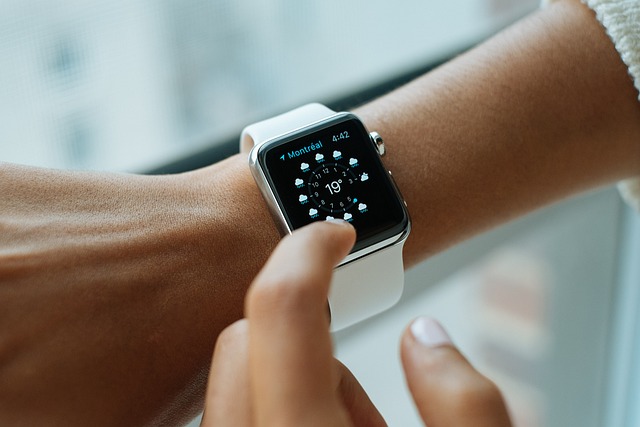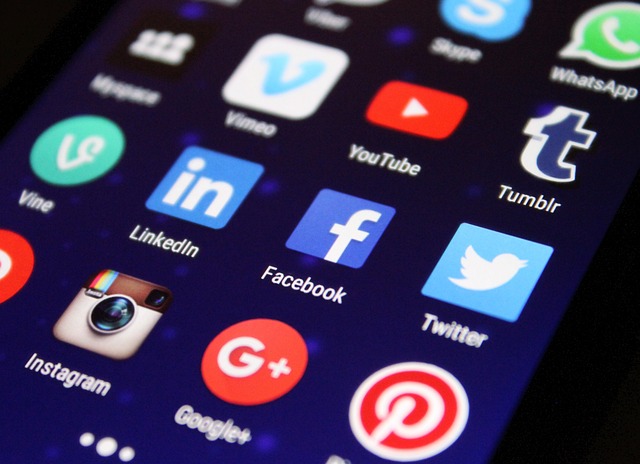The Rise of Touchscreen Syndrome: Exploring Social Media Addiction and Its Impact
In today’s fast-paced digital world, the phenomenon known as touchscreen syndrome has emerged as a growing concern, particularly among young adults and teenagers. With the proliferation of smartphones and tablets, the impact of social media has deepened, leading to an unprecedented level of engagement that often toes the line between healthy interaction and overwhelming addiction.
Social media platforms are designed to captivate users, offering instant gratification through likes, shares, and comments. Each notification buzzes with the promise of connection and validation, creating a cycle that many find difficult to escape. The allure of scrolling through endless feeds while tapping on glossy images or engaging in online debates can easily consume hours of our day. For some, this compulsive behavior can blossom into what experts are increasingly referring to as touchscreen syndrome.
The Impact on Mental Health
As we delve deeper into the implications of social media addiction, it’s important to recognize its toll on mental health. Studies have shown that excessive use of social media platforms can lead to feelings of anxiety, depression, and isolation. The constant comparison of our lives to the highlight reels presented by others can distort our self-image and lead to feelings of inadequacy. The underlying message is stark — for every perfect photo or extravagant vacation shared online, there are individuals battling their own insecurities behind the screen.
Social Connection vs. Isolation
While social media, in theory, is meant to enhance connectivity, it paradoxically contributes to feelings of loneliness. The irony of touchscreen syndrome lies in our hyper-connectivity, often at the expense of genuine relationships. Friends may appear liked” or “followed,” but many find themselves yearning for authentic interactions, struggling to maintain eye contact and meaningful dialogue outside of their screens.
Recognizing the Signs
How can you tell if you or someone you know is suffering from touchscreen syndrome? Some signs include an inability to put down the phone during social gatherings, lengthy scrolling sessions that disrupt daily routines, and a heightened sense of anxiety when unable to check notifications. Awareness is the first step toward reclaiming control over our digital habits and fostering healthier connections with both our devices and each other.
Finding Balance
As we navigate the complexities of social media usage, finding a balance is essential. Setting boundaries around screen time, engaging in offline activities, and prioritizing face-to-face interactions can help mitigate the effects of touchscreen syndrome. Fostering a more mindful approach to social media can transform how we interact with technology, allowing us to utilize it as a tool for empowerment rather than entrapment.
As we continue to explore the multifaceted world of social media, it’s crucial to remain vigilant and proactive about our digital consumption. Our minds deserve clarity, connection, and authenticity beyond the screen, pushing against the tide of touchscreen syndrome in a world eager to keep us scrolling.




